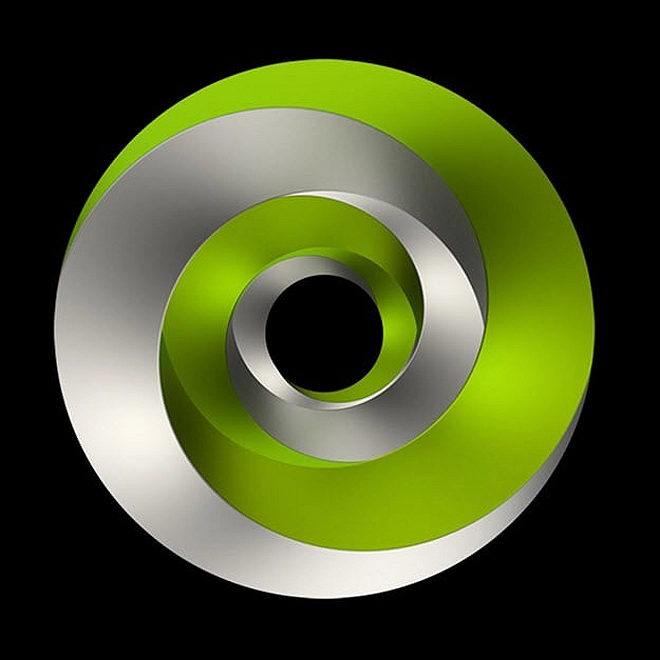New trends in the sales model of the automobile industry
A global overview
The automobile industry has experienced challenges and changes arising from different quarters in recent years. Global automobile sales have slowed down, and the situation only worsened in 2020, and may continue to do so in the months or years to come, owing to the COVID-19 pandemic. New technology, and new competitors with new sales models, have put pressure on traditional OEMs to reconsider their traditional sales model, i.e., the dealership model.
The first car dealership ever established was that of William E. Metzger who, in 1898, obtained a franchise from General Motors Corporation to sell steam autos. During the first two decades of the 1900s, arguably every type of distribution model was attempted in the auto industry. However, by the 1950s in the US, the dealership model had proven to be the most effective for distributing automobiles.
Under the dealership model, OEMs and dealers are independent or even non-affiliated legal entities. OEMs sell their products to dealers, and dealers, through their own chain stores, sell directly to customers. This dealership model gives OEMs more liquidity in terms of cash flow because they collect their money before automobiles are actually sold to end customers. Another major advantage for OEMs under this model is that it allows them to distribute their automobiles through the dealers’ sales network relatively quickly and at relatively low cost. By doing so, OEMs are able to dedicate their efforts to, for instance, expanding manufacturing capacity and upgrading technology.
Download the PDF for the full article covering
- The dealership model
- The direct sales model
- The agency model
We also discuss the trends in specific countries:
- Germany
- France
- UK
Cost consumer-durable industries have undergone substantial distribution-channel evolution resulting from changes in economics, regulations, or technologies. When we look at automobile distribution models, we anticipate increasing variation in physical channels and formats, and more distinct positioning in terms of the purchase and ownership experience they provide, further shifting the basis of competition from product to services and brand attributes. Undoubtedly, the traditional dealer channel will continue to play a major role, although most of the innovation and volume growth is likely to occur elsewhere.
Therefore, it is important for OEMs to develop a vision of a desired end-game strategy for distribution channels and to begin moving toward that vision, taking care to achieve a balance between the long-term vision and short-term functional improvement agendas.



